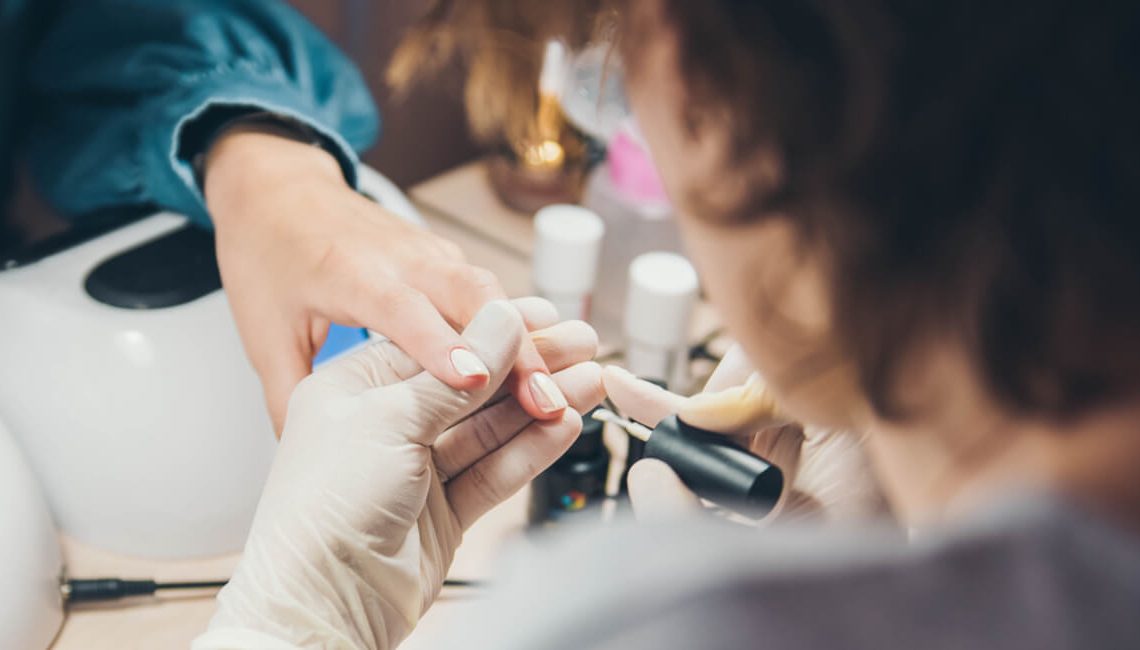
Nail spas can conceal hidden health hazards. Here’s a dermatological vademecum for safely manicured nails.
Having gorgeous, manicured nails is no longer a female-only imperative. Bon ton demands it and, why not, so does our vanity. Unlike a decade ago, when having strong and healthy nails was a matter of genetic luck, nowadays we can do so much more for the appearance of our hands and feet, thanks to the countless options for nailcare, camouflage and beauty.
Nail Spas, that is beauty salons where you can go wild with your manicure and pedicure, have popped up in every high street across the country, and this is precisely why one should be choose wisely to avoid serious health hazards. First of all, one should remember that cosmetic procedures for manicure and pedicure are aimed at healthy skin and nails, so even the lightest of dermatological conditions should first be examined by a dermatologist.
Nails are a flag for the health of your whole body: changes in shape, colour, thickness and texture could be harbingers of diseases and therefore require further diagnostic study. Skin allergies are also a contraindication until the precise causes are known and the absence of the triggering substances in the cosmetic products is verified. Even when there are no underlying pathological conditions, best follow some simple guidelines to choose the best nail spa for you.
Indeed, opening a manicure and pedicure salon requires satisfying rigorous legal requirements, so the first thing you should do is ascertain whether your spa of choice has fulfilled them. Firstly, does the salon staff have the necessary experience and license to practice? Is the salon and the booth clean? Does the staff use gloves? Do they wash their hands between clients? What is the cleaning procedure for the tools? When it comes to tools, the best thing would be to buy your own to bring with you to the salon, since tools which are used from client to client without proper disinfection are a vector for infectious diseases of the nailbed, blood, liver and HIV. You could for example agree with your beautician which tools you should buy, and bringing them with will definitely set a line of protection.
Never cut or forcibly push back cuticles. Cuticles are there to protect the noblest part of the nail, the matrix, from infection and trauma. Damaging the matrix could cause permanent alterations, or dystrophy, of the nail plate. If it’s really necessary, soften the cuticles first by bathing them in water, then push them back. And if you also need to wax or especially shave your legs, remember to do so after having your pedicure, and not before. Do not shave your legs for at least 24 hours before your scheduled pedicure, because the skin could form micro-wounds and germs in the pedicure water could contaminate them. Talking about water, the foot bath and filters should be meticulously disinfected before use, since they could harbor bacteria and fungi if not regularly cleaned.
Let’s come to the treatments themselves. Nail polish and solvents contain aggressive chemical substances, so as a precaution one should apply a moisturizer to hydrate one’s nails, especially after removing nail varnish. If you want to go for bright red or orange tones, avoid discoloring by applying an extra base layer. In fact, it could take weeks or even months for nails to return to their natural colour after yellowing and discoloring. Varnish containing strengthening ingredients, especially when of dubious provenance, could contain unhealthy levels of formaldehyde, a quite hazardous stiffening substance.
Furthermore, excessive hardening could lead to nails snapping off. Semipermanent varnish, gel and artificial nails should never be used to cover up unhealthy nails, they will only make the problem worse. These procedures should also be avoided by those prone to fungal infections or suffering from fragile nails. Even for healthy nails, these artificial methods should be used sporadically and not continuously. The lights in ovens for hardening semipermanent gels or varnish should be LED rather than UV. Lastly, make a note of the brand and, possibly, the composition of the products you use. This could be useful in case of post-treatment adverse skin reactions.
Article of Dr Adele Sparavigna for https://4me.styl


